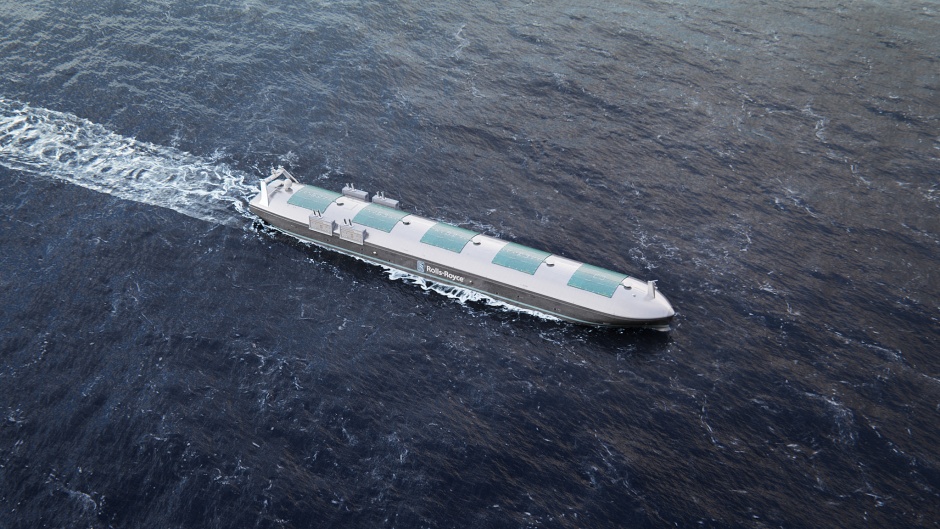
Operating vessels remotely is not new to the space industry, so the collaborators will explore the possibility of software and satellite-based technologies developed by the sector being used in the maritime field.
This includes developments to wireless networks including satellite carrier systems to allow vessel-to-shore and ship-to-ship communication.
The commercial shipping industry could benefit from technologies that provide continuity of communications, according to Antonio Franchi, Future Projects, Telecommunications and Integrated Applications Directorate at ESA.
This could lead to the development of smart logistics systems, with seamless communication with cargo from the warehouse, through its transit in port and the ship crossing, to its final destination, he said.
The organisations will also investigate the idea of developing satellite-based positioning for smart ships, based on ESA’s Earth observation system. This would give those operating the ships better spatial and situational awareness, while allowing satellites to capture and share information from different vessels simultaneously.
“The upcoming challenges for satellite-based positioning for smart ships in a marine environment are quite unique,” said Franchi.
Whatever the satellite-based positioning system in use, autonomous checks must be performed by the on-board receiver to protect users from local sources of error, such as interference, he said.

“Innovative positioning solutions to the specific challenges of smart ships will mostly rely on a combination of on-board PNT [Positioning, Navigation, Timing] sensors, of which satellite sensors are only one, albeit fundamental, subset,” said Franchi.
In its new navigation research and technology programme, called the Navigation Innovation and Support Programme (NAVISP), ESA is studying and testing technologies for smart ships and for a variety of nautical tasks, he said.
“The combination of multi-source navigation - including satellite-based - coupled with additional situational awareness devices and weather sensors, and the integration of advanced data links, including satellite communications, will provide the required system reliability and integrity to enable smart ships and make autonomous shipping a reality,” he said.
The partners are also planning to work together to explore the use of big data in shipping, including technologies such as machine learning and artificial intelligence, and data analytics. This could help to improve operational efficiency, reliability and safety.
Information from sensors can be used in augmented and virtual reality systems, and to create a so-called digital twin of the ship, or an AI copy of the vessel and its on-board systems in the form of a hologram.
This can then be used as a virtual testbed, to investigate the safety and performance of the vessel, both before it is built and during its operation.




Poll: Should the UK’s railways be renationalised?
I think that a network inclusive of the vehicles on it would make sense. However it remains to be seen if there is any plan for it to be for the...